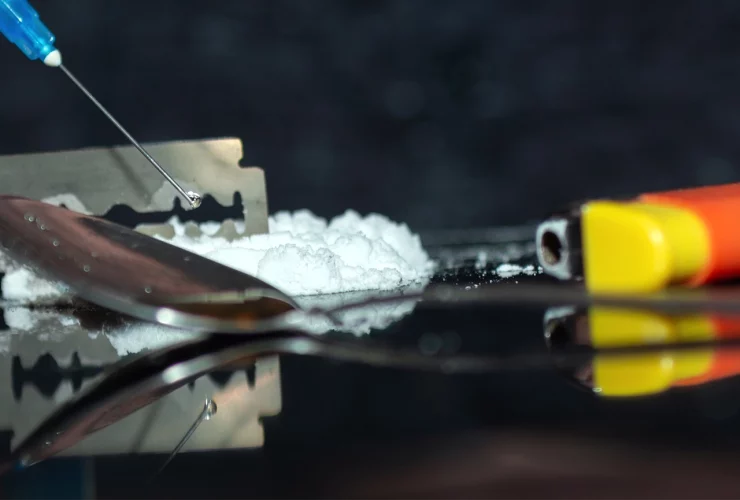Mind-Boggling Facts about Heroin
What Does Heroin Look Like?
There’s a colorful background behind the opioid drug called heroin which earned it a controversial place in history. The drug is synthesized from another equally addictive and popular substance, morphine, which is derived from the opium poppy plant seed pod. The drug looks like a brown or white powder but there is a black sticky variant which is also referred to as the “black tar heroin.”
Fact 1: Heroin Use
Heroin is used in many ways specifically through injection, sniffing or snorting, and smoking. When administered, the drug reaches the brain in a rapid manner, contributing to further health risks as well as the risk of addiction. Many people experience relapse due to the alterations in the brain particularly the tendency to excessively look for the drug regardless of the consequences.
Fact 2: How Heroin Works in the Body ?
Heroin turns back into morphine once it entered the brain, binding the substance to the cell molecules known as opioid receptors. Various areas of the brain and the body in general, have opioid receptors particularly those that are responsible for the perception of reward and pain. The brain stem also contains opioid receptors and this section controls the blood pressure, respiration, and arousal.
Related article: This is What Happens When You Forfeit Your Life to Heroin Addiction
Fact 3: Effects of Heroin
When the body experiences heroin overdose, it immediately suppresses the respiratory system, particularly breathing which results to hypoxia as the oxygen that reaches the brain is affected. There are short-term and permanent effects in the neurological and psychological aspect such as permanent brain damage and comatose.
There’s a significant impact on the body especially when heroin is administered through injection. For instance, the user feels an instant surge of rush or euphoria while the person also experiences warm flushing, dry mouth, and heavy extremities, on top of an impaired mental functioning. The person also experiences the alternate state of wakefulness and drowsiness. Prolonged use of heroin results in tolerance to the drug which leads to the need for a higher dosage.
Fact 3: Heroin Addiction Treatment
Numerous treatments are known to help people get out of their heroin addiction and survive it. Some of the known treatments include behavioral therapies as well as medications. The approved and authorized medications for heroin addiction include methadone and buprenorphine. These medications are known to bind to the cell receptors that heroin also attaches to. The effect of this drug is to wean the person off the drug, reduce the craving for heroin, and prevent it from affecting the person with the same impact through using the opioid-blocking drug, naltrexone. The drug, naloxone, is another medication but it is more of an emergency treatment which is used to counteract the often life-threatening effects of heroin overdose.
Heroin addiction has affected countless Canadians and people all around the world, with numerous deaths accounted to the overdose of this drug. The good news is that there are also recorded successful treatments and behavioral therapies to cure this life-altering and health-threatening drug dependence. Call Inspire Change Addiction Rehab in Vancouver for addiction treatment programs.


